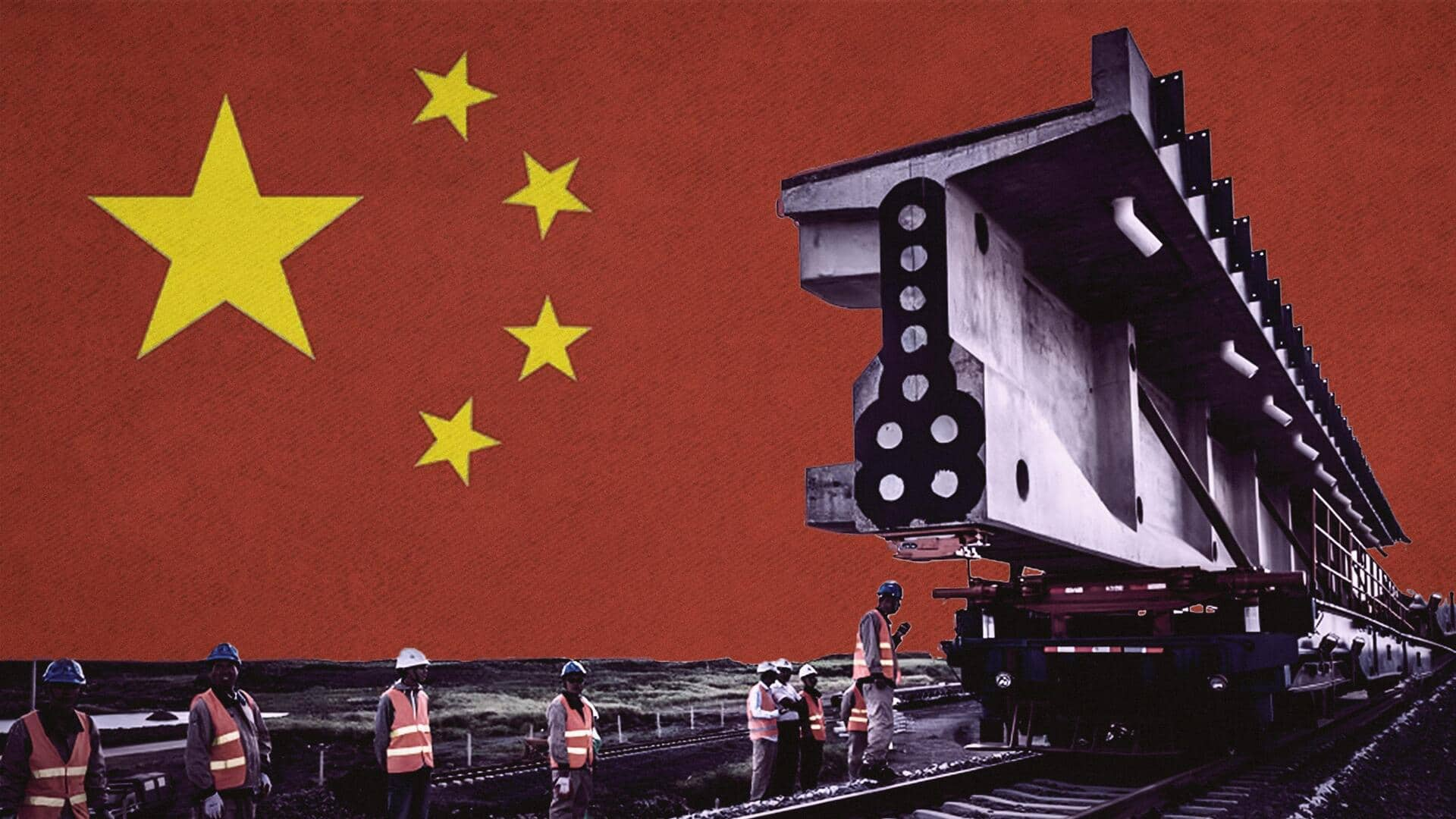
China marks BRI's 10th anniversary: Here's all about it
What's the story
China kicked off the third Belt and Road Forum on Tuesday, hosting over a dozen world leaders, including Russian President Vladimir Putin, to mark the 10th anniversary of its Belt and Road Initiative (BRI). China has so far reportedly invested heavily to restore railway connections to Europe and to build ports in Asia and high-speed railways in Africa and Southeast Asia, The Hindu reported.
Details
Jinping launched BRI in 2013 soon after coming to power
Chinese President Xi Jinping launched the BRI in 2013, the same year he assumed office. It is constituted of two parts: a land-based trans-continental Silk Road Economic Belt and a Maritime Silk Road. The former was unveiled in Kazakhstan, while the latter in Indonesia. The project seeks to improve trade connectivity and regional integration among Asia, Africa, and Europe.
Background
BRI seeks to bring back ancient trade routes
Silk Road refers to a network of ancient trade routes established during the Han Dynasty around 2,000 years ago that connected China and the Mediterranean via Eurasia. Barring India, 147 countries have signed a Memorandum of Understanding (MoU) to join the BRI, accounting for two-thirds of the world's population and 40% of the global GDP, according to the Council on Foreign Relations (CFR).
Routes
Here are proposed trade routes
The land belt was proposed to have six corridors, including the China-Pakistan Economic Corridor (CPEC), the New Eurasian Land Bridge Economic Corridor, and the China-Indochina Peninsula Economic Corridor. The China-Mongolia-Russia Economic Corridor, the China-Central Asia-West Asia Economic Corridor, and the Bangladesh-China-India-Myanmar (BCIM) Economic Corridor were also planned. However, after India snubbed the BRI, China replaced the BCIM corridor with the China-Myanmar Economic Corridor.
India
India skips summit, opposes CPEC
Meanwhile, India has skipped the BRI summit for the third consecutive time to protest the China-Pakistan Economic Corridor (CPEC)'s proposed passage through the disputed Pakistan-occupied Kashmir (PoK). Moreover, in the recent G20 Summit hosted by India, an India-Middle East-Europe economic corridor was announced to counter the BRI. The corridor aims to accelerate trade between India and Europe by 40% by circumventing the Suez Canal.
Debt
BRI partners fall in debt: Reports
The BRI, however, is facing concerns, particularly regarding the debt burdens reportedly faced by many BRI partners, namely Kenya, Laos, Mongolia, Pakistan, Sri Lanka, and Zambia. India expects the proposed India-Middle East-Europe economic corridor, dubbed the new "Spice Route," to generate such revenue through transportation that "it will be able to pay on its own without getting the host country into a debt trap."